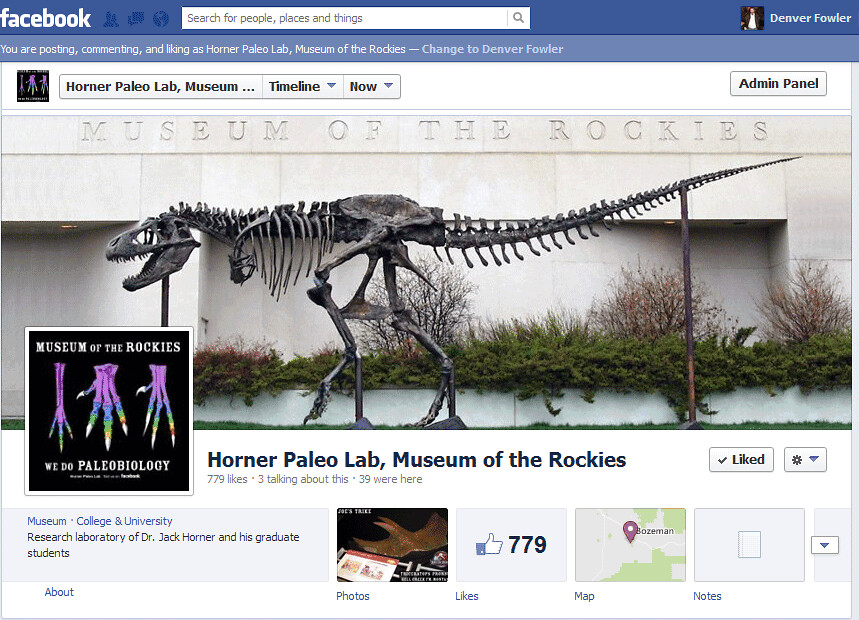There are lots of blogs about dinosaurs, but not very many
about fieldwork. Dinosaur Postcards is a blog about dinosaur fieldwork… and the
scientific discoveries that follow.
 |
| Out and about in the Naashoibito, New Mexico 2003 |
Adventure.
Collecting dinosaur bones is the best adventure you can
have. From the adrenaline rush of finding a dinosaur skeleton eroding out next
to your boot, to the adrenaline rush of finding a rattlesnake hanging out next
to your boot… there’s nothing that is comparable. Well, maybe; I figure that
the only people who can claim they have a more exciting job are astronauts, but
they get spun around in nauseating centrifuges and have to drink their own pee
(okay, it’s filtered, but you know what I mean).
I grew up near Manchester, England,
in a village nestled among the rolling hills of the Pennines.
There were lots of sheep and cows, but not many dinosaurs, so I was very lucky
that my parents would take us on holidays to the British coast where I could
collect fossils, including occasional dinosaur bones from the Isle
of Wight. What started as short summer adventures developed into a
fascination with extinct animals, and eventually I went to study for a degree
in geology at the University of Durham.
From August 1998 to 1999 (the year after my bachelors
degree), I worked two jobs to save up and pay for my forthcoming master’s
degree in paleobiology at the University
of Bristol. When commuting to work
on the train, I would read various paleontology texts and popular science
books, of which I fondly recall “Dinosaurs of the flaming cliffs” by Dr. Michael
Novacek of the American Museum
of Natural History, New York. In
the early 1990’s, Dr. Novacek had led a wave of expeditions to the Gobi Desert,
Mongolia, and in this book he described their endeavors and the petrified bones
that they had uncovered. I mostly skipped over the familiar discussion of the
fossils, but I was captivated by retellings of his crew’s experiences in the
field: not just the discovery of countless exquisite Velociraptor and Protoceratops,
but also of what it was like to camp in the desert; the unfamiliar animals they
encountered; the tales of treacherous weather and broken trucks. Every day
seemed like an adventure: what a grand and exciting life! I scoured local
stores for similar books; “Digging Dinosaurs” by Dr. Jack Horner told of collecting
baby dinosaurs in the foothills of the Rocky Mountains, and another of Jack’s
books, “The complete T. rex”,
followed the excavation of “MOR555”: then
the most complete Tyrannosaurus known
to science.
Back on that train in 1999, Mongolia, Montana, and other
far-flung locales seemed terribly exotic and far away – because they were – but
these days I am fortunate enough to get to visit such places, collecting fossil
skeletons, and figuring out the details of how dinosaurs lived.
Every summer for 20 years or so, I have been somewhere
collecting dinosaurs; from the shores of the Isle of Wight
in England,
across the continental interior of North America, to the
vast plains of Asia. Each place has its unique characters,
inspiring fossils, and intriguing stories.
Right now I am working towards my doctoral degree under Dr.Jack Horner at the Museum of the Rockies in Bozeman,
Montana. This is probably the best place in
the world for a dinosaur fieldwork enthusiast. Most of my fieldwork is spent in
the wild west of eastern Montana,
prospecting the Hell Creek Formation for Triceratops and Tyrannosaurus.
This is my main motivation for starting this blog: I want to
share the adventure, excitement, and fun of being in the field, coupled with a passion
for the science that follows.
Also…
Updates from Jack Horner paleontology lab, Museum of the Rockies
 |
| The Horner Paleo Lab Facebook page |
We started the Horner Lab Facebook page to share news of
exciting things that were going on in the museum, including any recently
published research, photographs of new dinosaur fossils that are being
prepared, or photos of nice fossils from our collections that have never made
it to exhibit. Most of what is posted on Horner Lab will also be posted here on
Dinosaur Postcards.
A venue for my own research
 |
Variation in claw size and shape reflects different hunting and killing strategies in birds of prey (from Fowler et al. (2009). This figure won image of the week from the journal PLoS One. |
I also wanted a place where I could share interesting
tidbits or background about my research on dinosaur paleontology. I get to
write press releases when the papers are published, but these necessarily take
a rather rigid format and are subject to editing by someone else, so that I
can’t include all the information I would like. One theme that I’m especially
interested in pursuing is:
“Where do ideas come from?”
Ideas are at a premium in science, but where does that
initial spark of an idea come from? How does it then develop and grow into a
research project? I’ve published a few papers now, and I like to think that
most of my research stems from original ideas (especially the currently
unpublished stuff), so every now and then I’ll post a bit about my research.
Finally… why "dinosaur postcards"?
For the purposes of the blog, "postcard" is a
metaphor for a message sent from an exotic place. I’ve been lucky enough to
spend (cumulatively) many years of my life in the field, all across the world,
so I’ll be drawing on interesting stories. Maybe if this blog takes off I’ll
get some guests in to write about other places that they have been.
However, I do collect postcards of dinosaurs and other fossils, so every now and then I'll post a picture of an actual dinosaur
postcard (especially if you send me one).
Here’s the first one:


No comments:
Post a Comment